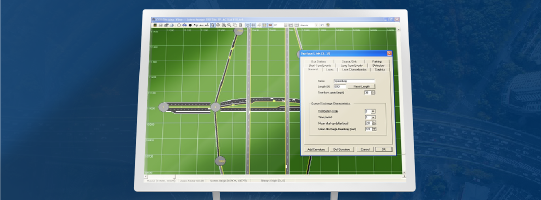Roundabouts can significantly improve traffic flow and safety, but accurately modeling them requires attention to detail. TSIS-CORSIM is capable of realistically and effectively simulating simple roundabouts. Here’s how to make the most of it:
Detailed Geometry Input: Begin by accurately inputting the roundabout’s geometry. This includes the number of lanes and lane widths for approaching links to the roundabout. Accurate geometry ensures realistic vehicle paths and interactions.
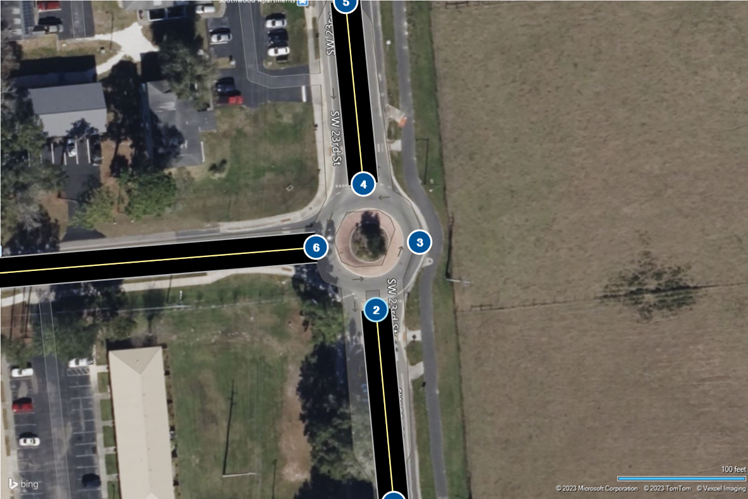
Connecting Nodes and Setting Turning Movements: Connect the four nodes at the roundabout and set the turning movements accurately. This step is crucial for replicating the actual flow of traffic through the roundabout.

Yield-at-Entry: Ensure that the roundabout’s entry points are set to ‘Yield’ control. This replicates the yielding behavior of drivers at roundabouts, which is crucial for realistic flow and capacity analysis.

Performance Analysis: Utilize the software’s tools to analyze key performance metrics such as delay, queue length, and level of service. This data is crucial for evaluating the roundabout’s efficiency and identifying potential improvements

By following these steps, you can create a detailed and accurate model of a roundabout in TSIS-CORSIM, leading to more effective traffic flow analysis and design solutions.

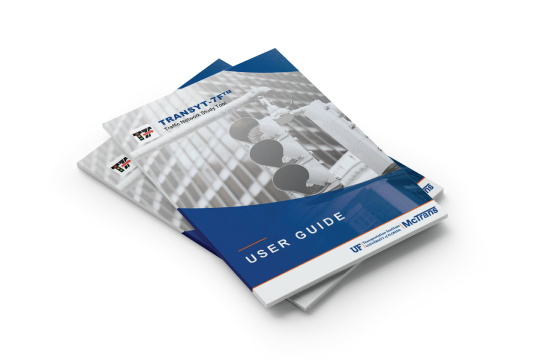
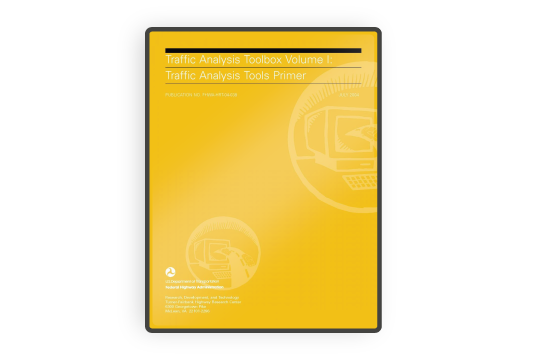

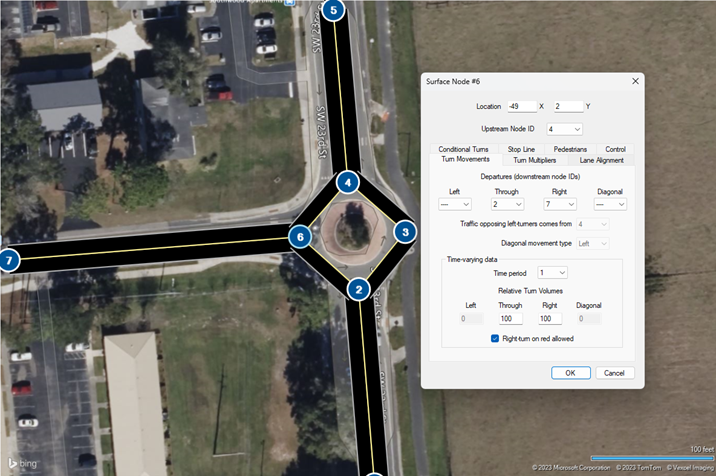
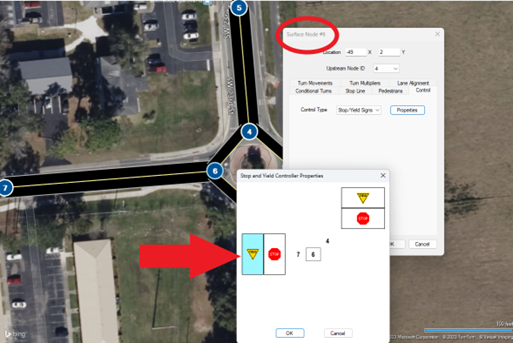


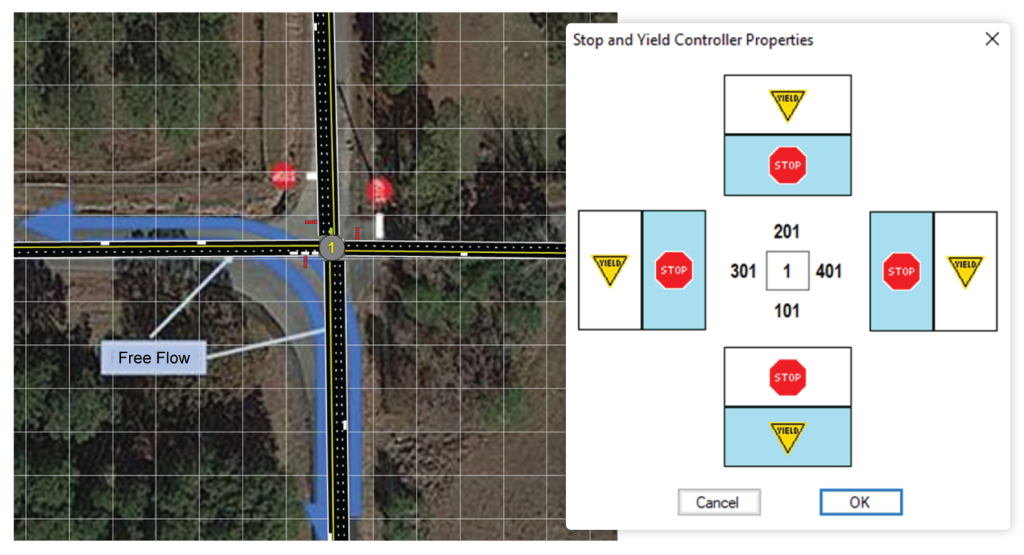
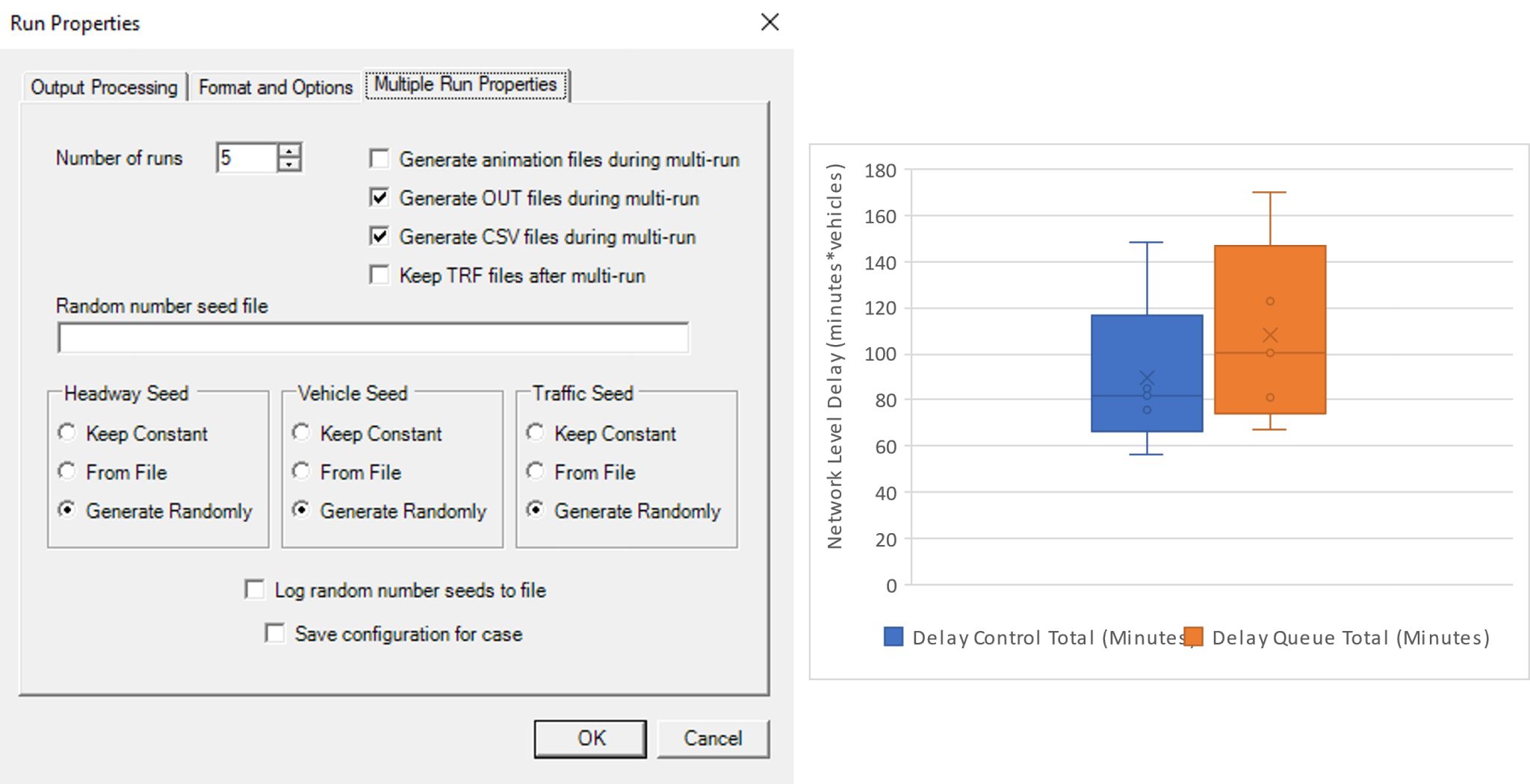
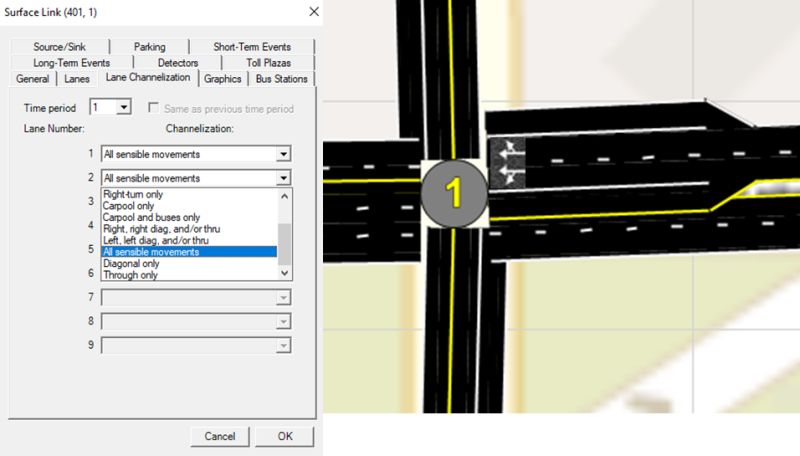
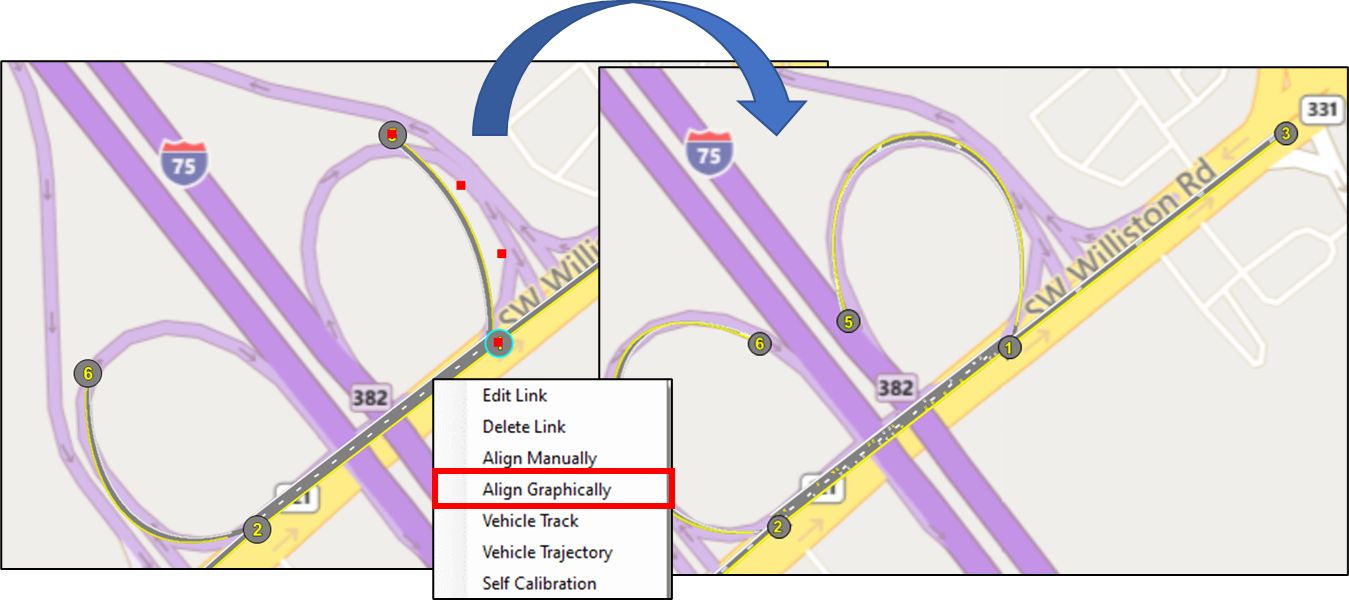
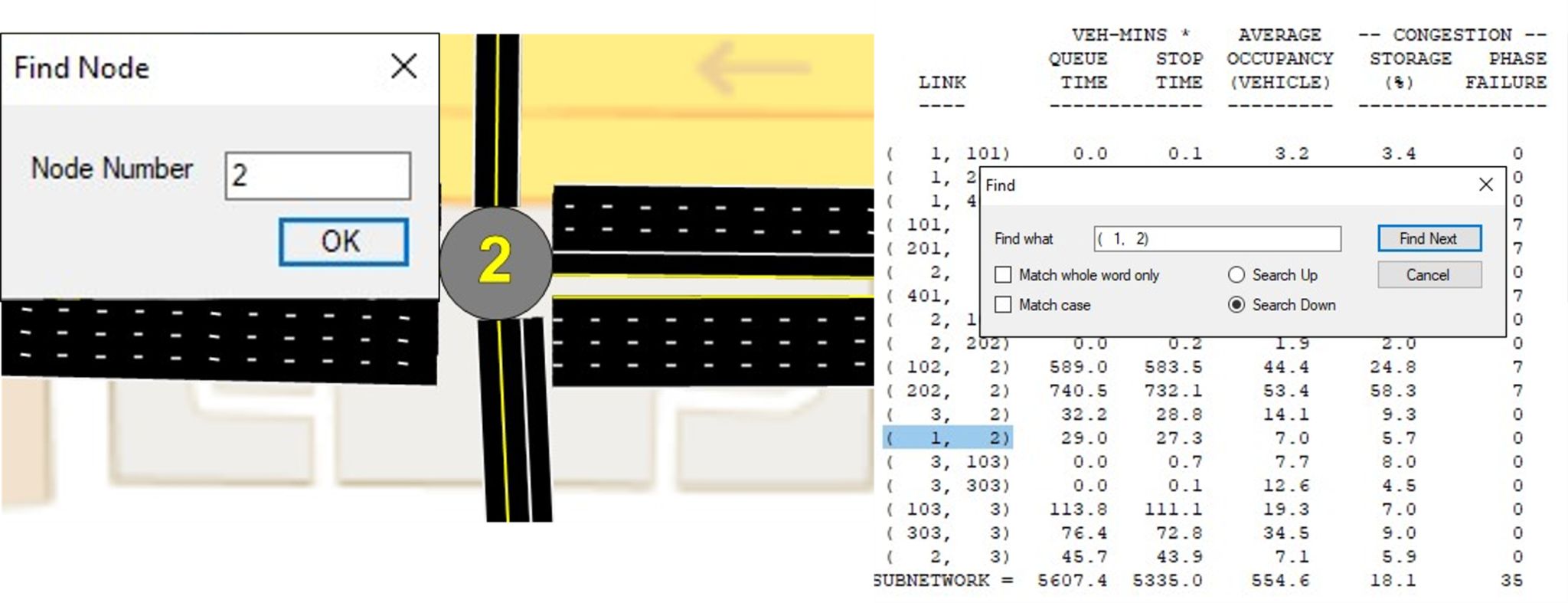
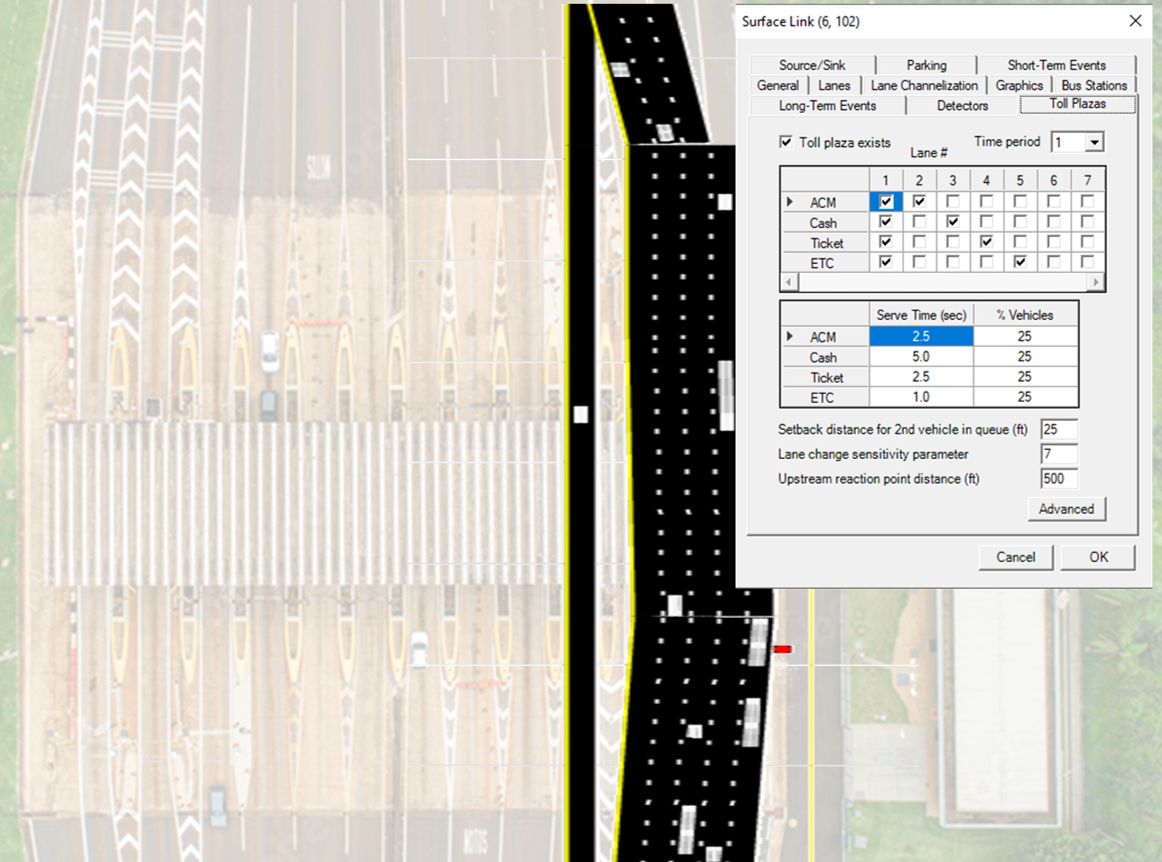
 车道堵塞可以在CORSIM中以两种不同的方式建模。
车道堵塞可以在CORSIM中以两种不同的方式建模。